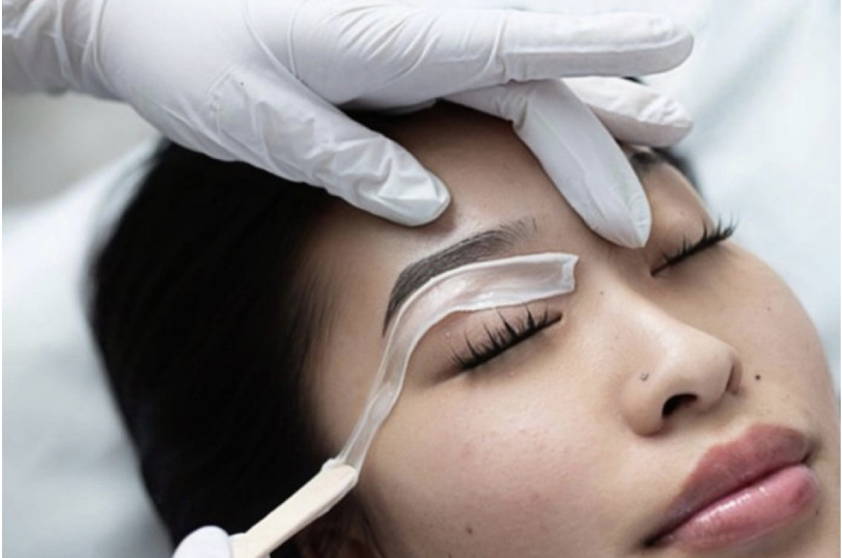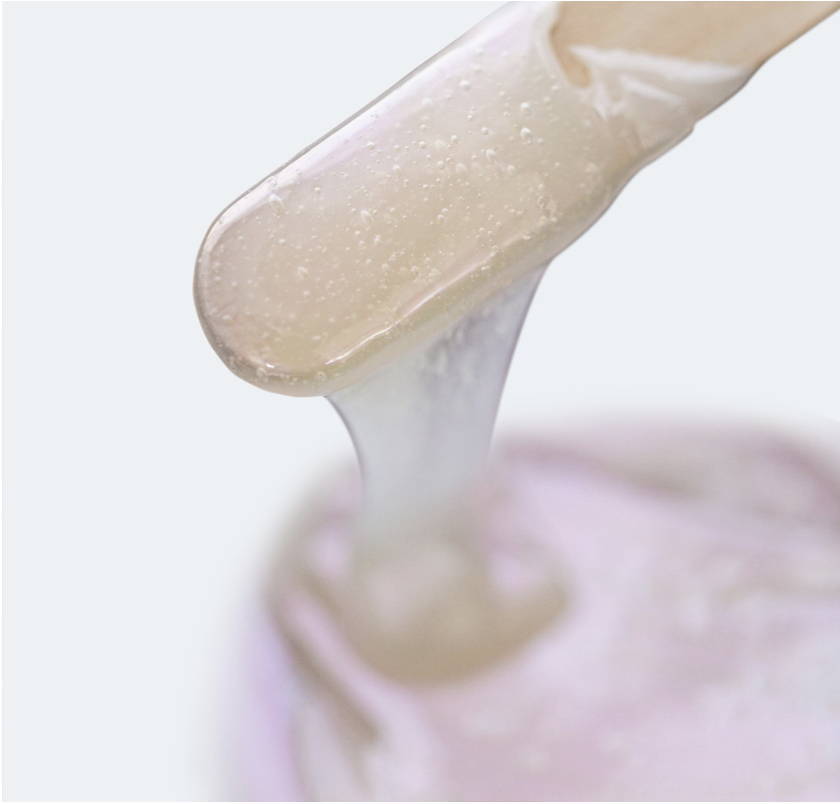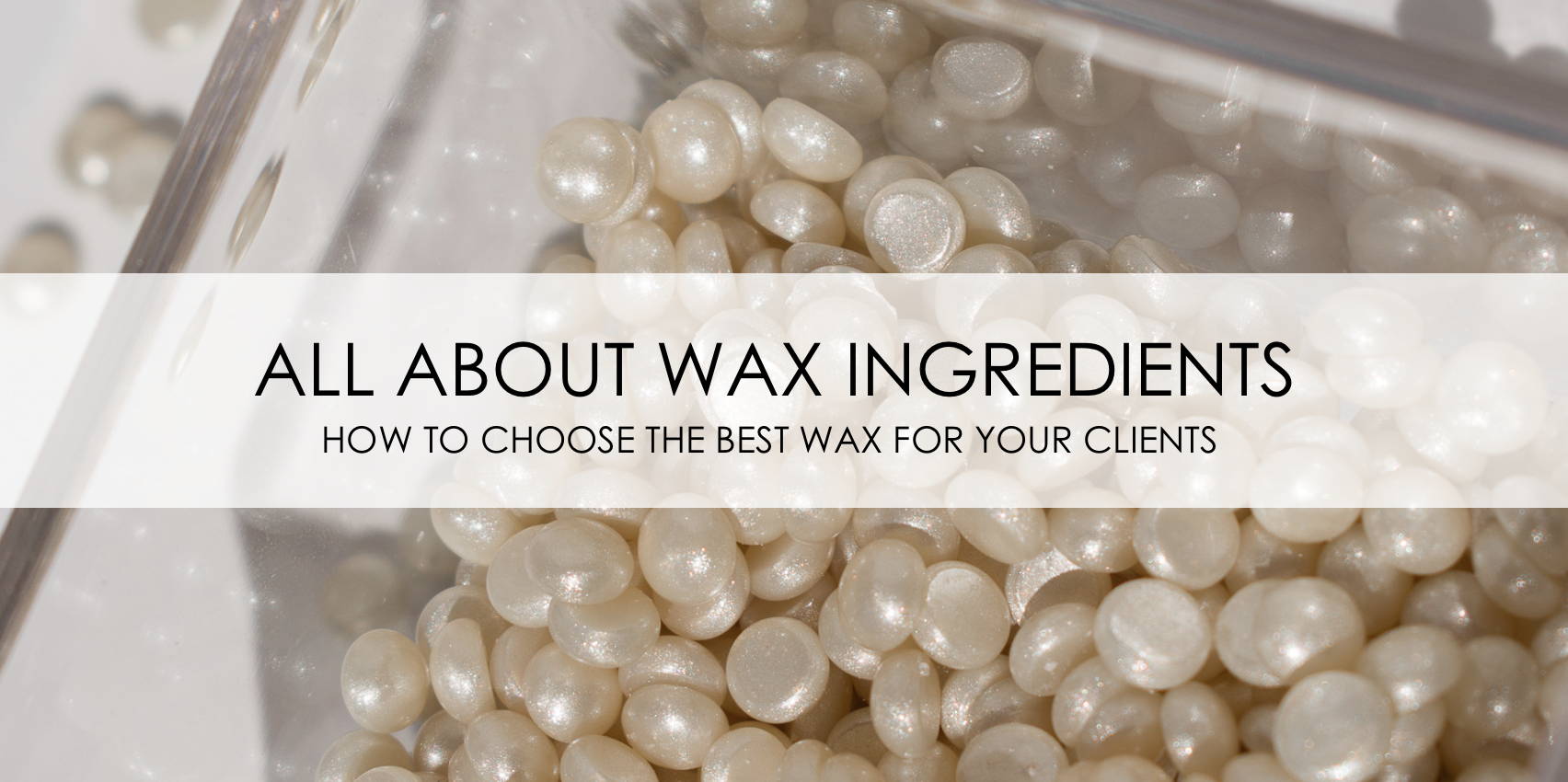
Ingredient Formulation and Product Quality
Wax selection is not a one-size-fits-all decision; it's a complex interplay of factors that can significantly impact the outcome of a waxing session. By developing a broad understanding of wax ingredients, wax professionals can empower themselves to make informed choices, tailor their services to individual client needs, and deliver consistently outstanding results.
IMPORTANT TERMS TO KNOW
Resin:
A sticky substance that binds wax to the hair.
Natural Resin:
Resin derived from natural sources such as beeswax or tree sap. Beeswax and pine resin are widely used due to their strong adhesive qualities.
Synthetic Resin or mineral-based ingredients:
These ingredients are used to improve the texture, flexibility, and adhesion of the wax. They can include manufactured resins, polymers, and oils.
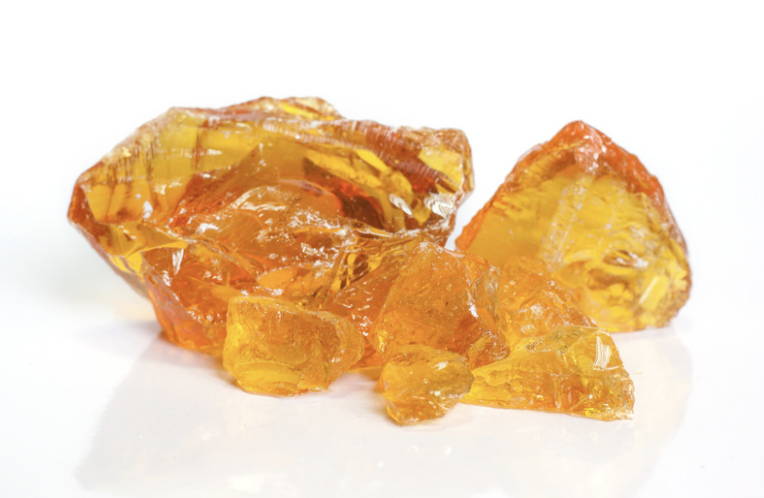
Untreated Gum Resin: A cheaper alternative to natural resin that is used in fireworks, adhesives and should be avoided in cosmetic waxes due to its potential to cause skin reactions.
Hypoallergenic:
If a wax is labeled hypoallergenic it means the ingredients used to make the wax are unlikely to cause allergic reaction. Typically synthetic waxes are the least likely to cause a reaction because they contain no known allergens and the resin source can be duplicated the same way every time. Natural resin comes from many different sources but just because a wax contains natural resin does not necessarily mean it is allergenic. Premium quality natural resins typically go through a filtering and refining process, reducing allergenic properties which makes allergic skin reactions extremely rare.
Cheaper resins such as untreated gum resin do not go through the refining or purification process so they produce lower quality waxes that are known to cause skin hypersensitivity, respiratory problems, and dermatitis and should be avoided.
Vegan:
Vegan beauty products do not contain any animal ingredients or animal-derived ingredients. This includes, but is not limited to, honey, beeswax, lanolin, collagen, albumen, carmine and some cholesterol, gelatin products and many more.
Some vegans may consume or use honey or bee’s wax products because they may not have a problem with products that are produced by bees for consumption.
However, Beeswax is considered an animal product so any wax containing beeswax or honey would not be considered vegan.
Cruelty Free
No form of animal testing at any point in the creation of a brand's products. A product can be cruelty-free and not be vegan.
Organic
A claim that is regulated by the USDA. To qualify, a product’s ingredients must contain absolutely no toxic pesticides, toxic synthetic herbicides, or chemical fertilizers.

All Natural:
Products that simply contain plant-derived ingredients. In the US, there is no regulation around labels of “natural” or “all-natural.“ Some ingredients may be highly processed and potentially harmful. Botanicals like aloe, chamomile, shea butter, beeswax, and essential oils are all examples of natural ingredients with benefits for hair and skin—even when not organic.
Antimicrobial/Anhydrous:
The wax does not contain water particles.
Water particles can be present in some wax formulations, often in the form of added water or as residual moisture. However, water can affect the consistency and performance of the wax. An anhydrous wax formulation, without water particles, offers certain advantages such as:

- Improved stability: Water can contribute to microbial growth and spoilage of the wax. By eliminating water, the wax can have a longer shelf life and remain more stable over time.
- Enhanced adherence: Water can dilute the wax, potentially reducing its ability to adhere effectively to the hair. An anhydrous wax can have a stronger grip on the hair, leading to better hair removal results.
- Reduced risk of burns: Water in the wax can create steam when heated, which may increase the risk of burns or skin irritation. Removing water particles minimizes this potential hazard.
Low-Temperature:
Low-temperature hard wax is designed to be heated to a temperature significantly lower than traditional hot waxes. Low temperature hard wax causes minimal heat trauma to the skin which reduces the chances of post wax skin reactions such as bumps and ingrown hairs.
Emollients and Oils:
High-quality waxes may include emollients and oils like mineral oil, coconut oil, or shea butter to help moisturize and soothe the skin during and after waxing.
Fragrances:
Fragrances are often added to wax products to mask the natural scent of the wax or provide a pleasant aroma during waxing. High-quality products may use skin-safe, hypoallergenic fragrances.
Colorants:
Some waxes are colored to differentiate them from other products or to make the application process more visible. Cosmetic-grade colorants are typically used for safety and quality.
Additives:
Some waxes may contain additives like vitamins, antioxidants, or anti-inflammatory ingredients to provide additional skin benefits
Preservatives:
Preservatives are used to extend the shelf life of wax products and prevent microbial growth. High-grade waxes will use safe and effective preservatives to maintain product integrity.
INGREDIENT FORMULATION AND PRODUCT QUALITY
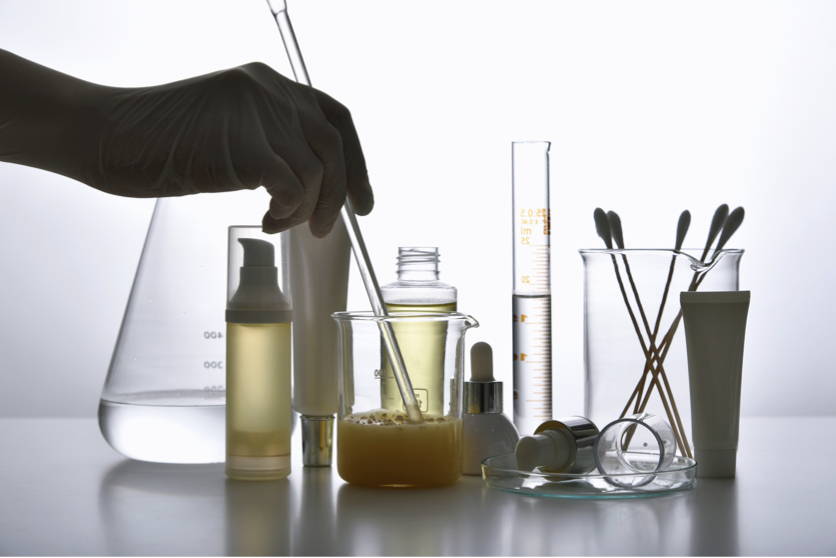
It’s important to note that a company may combine more than one version of a single ingredient to produce a desired effect, but regulating agencies only require that a manufacturer list the ingredient one time on a label. Manufacturers are also not required to specify the grade or quality of an ingredient used. This is why you may have two waxes from different companies with the same ingredient list, but the waxes perform very differently. Cost may also be impacted if a company uses a cheaper quality of an ingredient which would not be known simply by viewing the product label.
As professionals it’s important to gather as much information from a brand about their ingredients and formulations to determine quality and decide if the wax meets an individual's standards and preferences.
GETTING TO KNOW WAXBARE WAXES
Waxbare is committed to quality and innovation.
The premium ingredients we use, combined with our meticulous formulation process creates hard waxes that are efficient and effective for Full Body Speed Waxing.
All of our waxes melt at lower temperatures compared to other hot waxes on the market which reduces the potential for skin irritation. These wax formulations also produce remarkable flexibility which allows for the application of thin, long strips that will never get brittle or break when removing.
LEARN MORE ABOUT WAXBARE PRODUCTS (blog link is coming soon, meanwhile click here)




